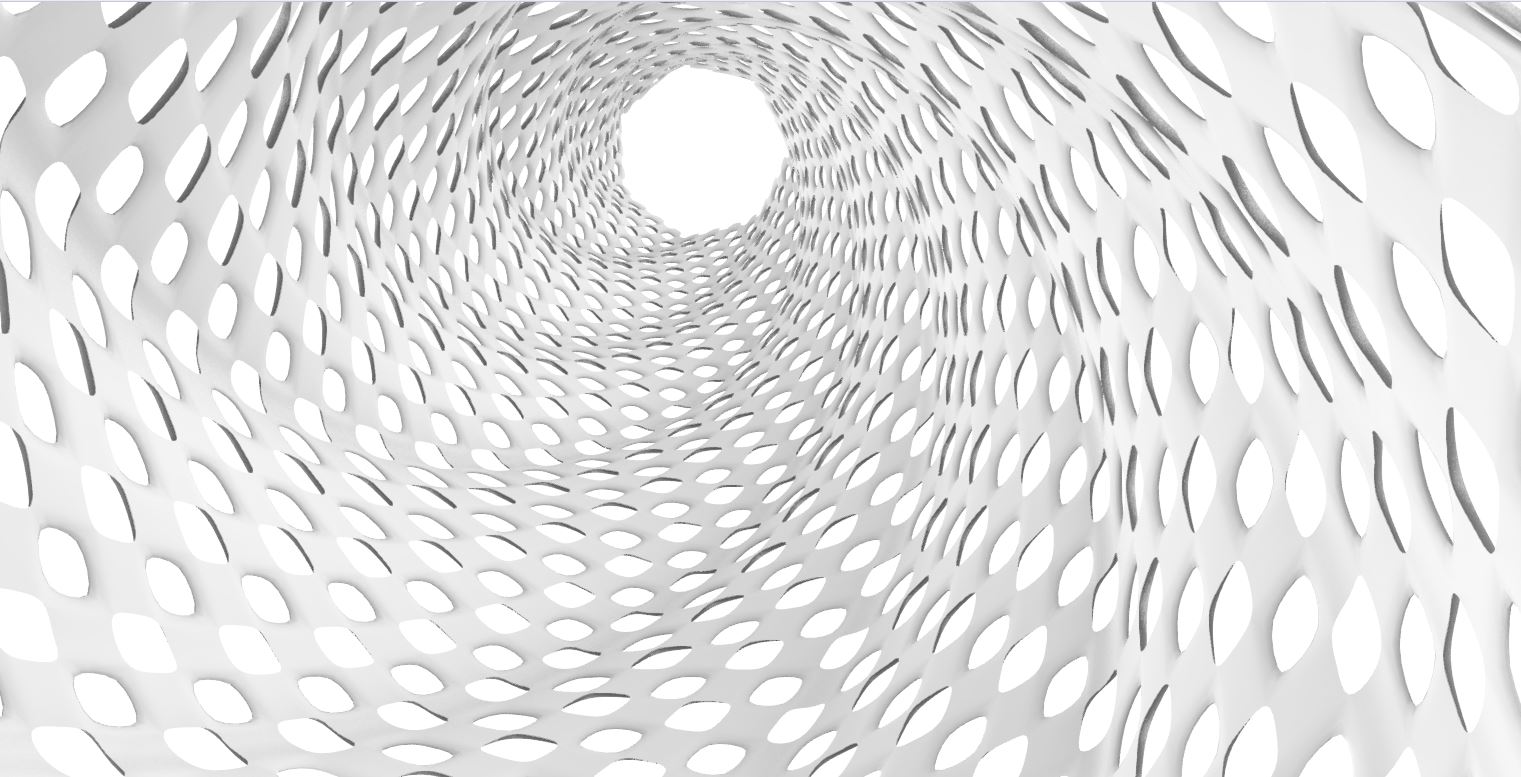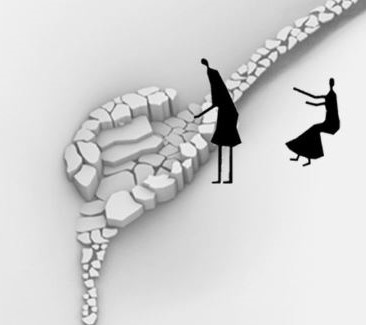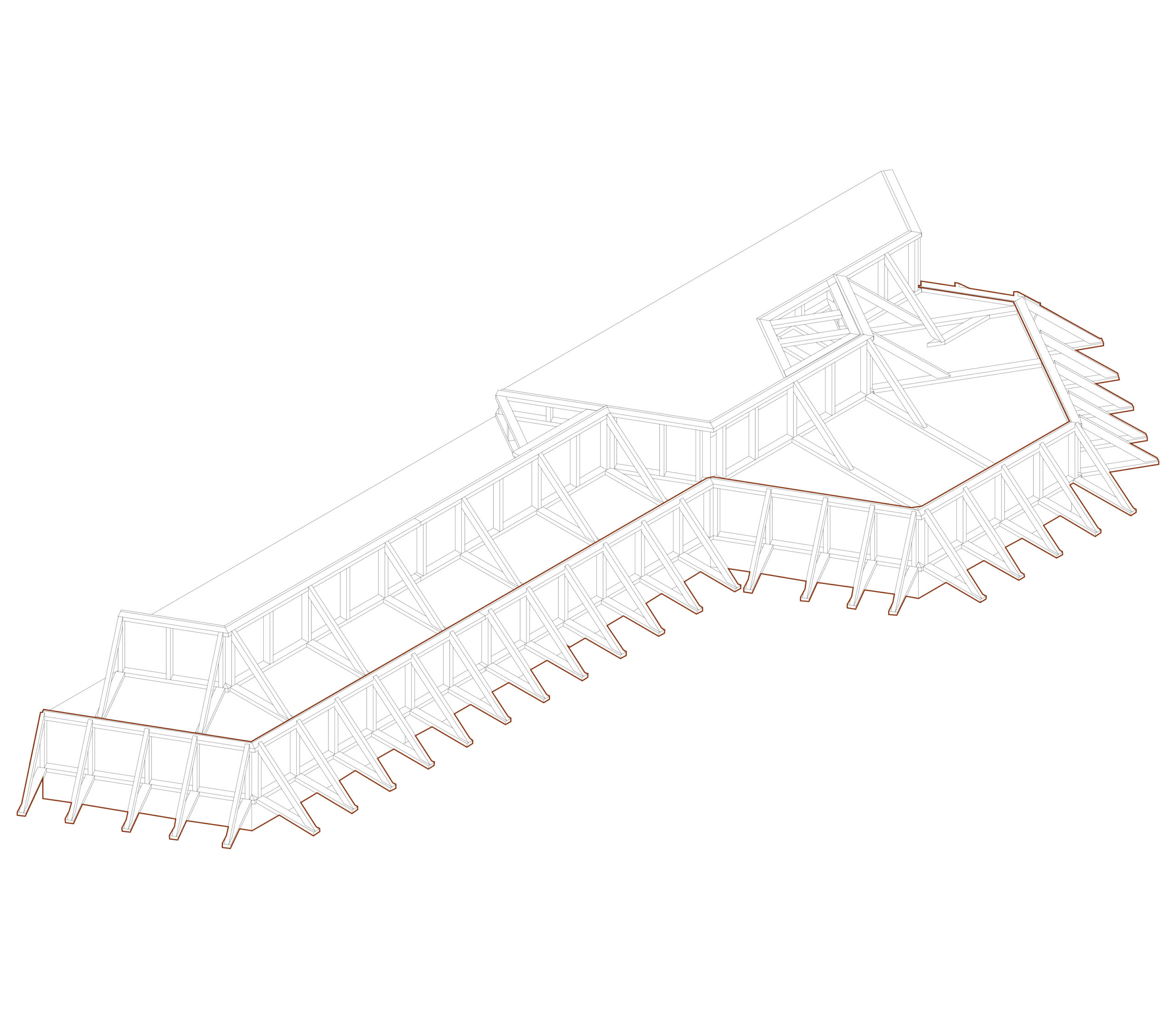Today growing cities are challenging the construction industry to find ways to build more, faster and at a lower cost. In the meantime the planet’s resources are very limited which urges us to start living and building in a more sustainable way. Designers and research environments together with industrial partners should investigate how new advances in material, digital fabrication and computation design could lead to a better construction ecosystem, aiming for efficiency, affordability and sustainability along with new expressive potentials.

WEARABLE ARCH @MATAEU
Learning Objectives
To approach complex design problems using multi-objective optimization methods, using advanced digital tools within the Rhino 3D software platform and parametric software Grasshopper as well as associated plug-ins, introduction on how to address environmental issues and the structural and material opportunities for creating complex architectural forms, learning how to model in 3D with nurbs software, learning to translate 3D models into files prepared for digital fabrication.










